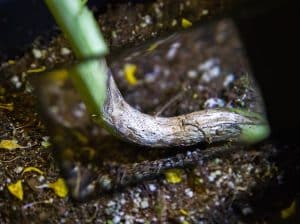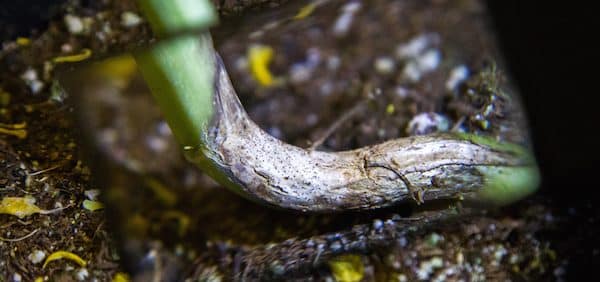Following a series of consultative meetings, the canola industry – encompassing life science companies, producer associations and researchers – took a step forward in helping to manage and mitigate blackleg in Canadian canola fields. The decision was made to incorporate new blackleg resistance labels on varieties. These labels will provide greater detail on a given variety’s resistance package for blackleg management. Similar models of labeling have been used successfully in other canola growing regions around the world to help ensure resistance effectiveness, and recommend varieties to use in severely infected fields.

Current labels for blackleg are based on field ratings of blackleg in comparison to a susceptible variety (Westar) for blackleg. Typically only Resistant “R” (0-29.9% of Westar) and Moderately Resistant “MR” (30-49.9% of Westar) are on the market. In recent years, some growers have noticed increased blackleg severity in their “R” and “MR” varieties. This is where the addition of more detailed labels will help to provide more accurate information.
Using the same disease resistance genetics over and over causes a shift in pathogen population, which can then overcome the resistance in our varieties – similar to herbicide resistance in weeds. Knowing the resistance genetics used in previous years will allow growers to rotate to a different resistance gene and reduce the blackleg infection within a field. As many as 10 new blackleg resistance labels will be applied to varieties in the coming years. They will use these letters A, B, C, D, E₁, E₂, F, G, H, X to identify major resistance genes present.
How to use the labels
Blackleg management starts with scouting and identifying the disease on the previous canola crop’s stubble. If a grower has a rotation break longer than two years without canola, and has been growing “R” rated varieties, the risk of severe blackleg infection is minimal. But if a growers uses a tighter canola rotation and the disease is present and/or severe, the new additional label will come into play.
Picking an “R” rated variety with at least one different resistance gene group than what was used previously will help to provide protection from the aggressive, new virulent blackleg race(s) within the field. In those cases where the disease is not present/evident in the field, then changing resistance groups would not be necessary.
The most effective means for reducing blackleg disease is reducing inoculum or spore production in a field. This is accomplished by lengthening the break between canola crops in a field. But spores can also migrate from adjacent fields. Under these circumstances, using a canola variety with a different resistance gene can be very beneficial in protecting the field and reducing blackleg disease.
In conclusion, the most important step is to scout for disease. If you do not have blackleg, choose varieties with the highest probability of profitability and reduced production risk on your farm. If you do have blackleg disease that is increasing, use the tools available to manage and reduce the disease. Switching to varieties with a different resistance gene(s) is one tool.
Here are some examples of how the new label will work:
1. Variety alpha: R (BC)
The traditional “R” rating means average field performance of blackleg resistance was below 30% of Westar, the susceptible check. The additional “(BC)” designation means the variety contains the resistance genes Rlm2 and Rlm3.
2. Variety beta: MR (A)
The traditional “MR” means average field performance of blackleg resistance was 30-49.9% of Westar check. The additional “(A)” means it contains the resistance gene LepR3 or Rlm1.
3. Variety Charlie: R (CX)
As an “R” rated variety, average field performance of blackleg resistance was below 30% of Westar check. “(CX)” means it contains the resistance gene Rlm3 and an unidentified major resistance gene.
Reminder: The use of blackleg R-gene labels is a voluntarily process for seed companies to include on their varieties. The industry is committed to providing the best genetics and advice to producers, so it will take some time to effectively deploy and incorporate these labels. Talk with your Canola Council of Canada agronomist for more information. And check back soon. All of this information will available at www.blackleg.ca in May.

